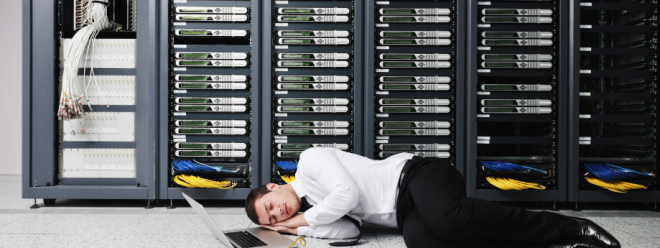How are edge data centers redefining computing?

In an era dominated by technological advancement, where the digital landscape is evolving at an unprecedented pace, environmental sustainability is a pressing issue in our interconnected world. The tech industry, the driving force behind this relentless progress, finds itself at a crossroads, needing to strike a delicate balance between innovation and the ecological footprint left behind by breakthroughs. Nowhere is this irony more apparent than in the world of data centers, the invisible hubs of computing power.
Data centers are large energy consumers and have a huge impact on the environment. According to the International Energy Association, data centers consume more than 240-340TWh of electricity, which is equivalent to about 1-1.3% of global electricity consumption. This does not include energy consumption used by data transmission networks, which also account for almost the same percentage of global electricity consumption. As the number of Internet of Things (IoT) devices surges, forecasts paint a worrying picture, with the tech sector likely to account for 7% to 20% of global energy demand by 2030.
Durability and Sustainability in Data Center Management
Recent research shows that most enterprises and data centers replace servers every four years. While some of these may be recycled or refurbished or even sold to other smaller organizations, others are no longer used and are disposed of. Because of this, the carbon footprint created by data centers continues to grow at an alarming rate. Rising energy consumption, coupled with the constant replacement of servers every four years, creates serious environmental challenges.
In this regard, edge data centers (EDC) represent a paradigm shift in computing and offer a promising solution to the sustainability conversation. Unlike its centralized counterparts, EDC operates on a distributed computing model, spreading computing resources across different locations. This transformative approach not only solves the environmental issues associated with traditional data centers, but also brings multiple benefits to computing infrastructure and environmental management.
Solving legacy challenges and embracing sustainability
Challenges faced by traditional data centers, such as latency issues and bandwidth limitations, can find solutions in the decentralized architecture of edge data centers. Edge data centers are smaller and less powerful than core data centers, but can provide lower latency data processing than core data centers. This means that data is stored farther away than from a central data center, closer to the point of generation/consumption, thereby reducing the time required to store, process, and retrieve data. Therefore, edge computing consumes less energy than centralized data centers in transmitting data and maintaining the environment. As a result, EDC can reduce latency, alleviate bandwidth bottlenecks, and significantly reduce the energy consumption associated with long-distance data transmission.
Most importantly, the distributed nature of edge data centers allows for the efficient use of renewable energy. It is estimated that by 2030, data centers may consume 8% of global electricity consumption. This strategic deployment in renewable energy areas provides higher energy efficiency and higher utilization compared to centralized data centers and is in line with the urgent need to build sustainable data centers.
Groundbreaking green computing and resilient infrastructure
The inherent scalability and flexibility of edge data centers provide a novel approach to resource utilization that minimizes waste and enables dynamic adaptation to changing needs. As enterprises and CIOs increasingly choose the benefits of EDC, a positive ripple effect is emerging, indicating that a more resilient infrastructure has begun.
The rise of edge data centers marks a critical step in redefining computing for a greener future. By decentralizing computing resources, reducing energy consumption and promoting sustainable practices, EDC provides a compelling solution to the environmental challenges facing the technology industry. As we grapple with the complexities of the digital age, the rise of edge data centers heralds a future where technology not only meets our needs, but also makes a profound commitment to the environment.